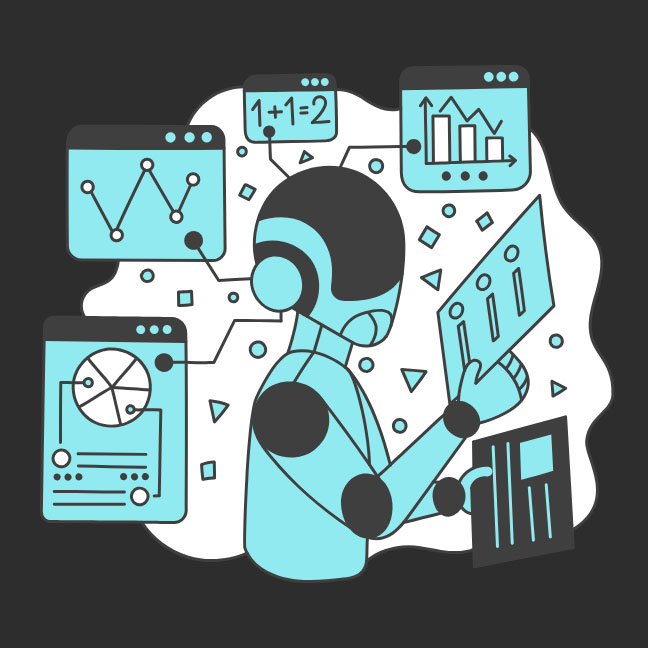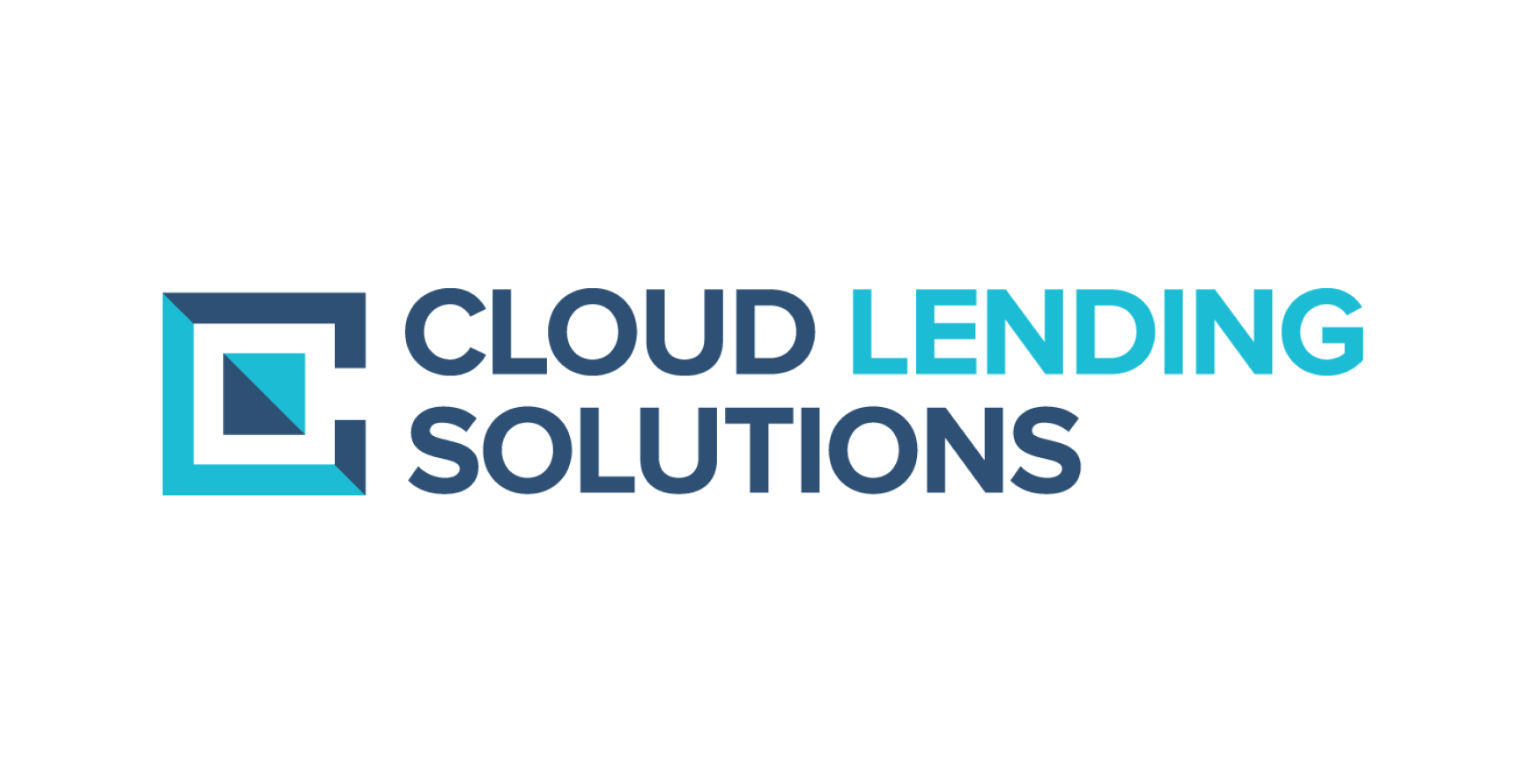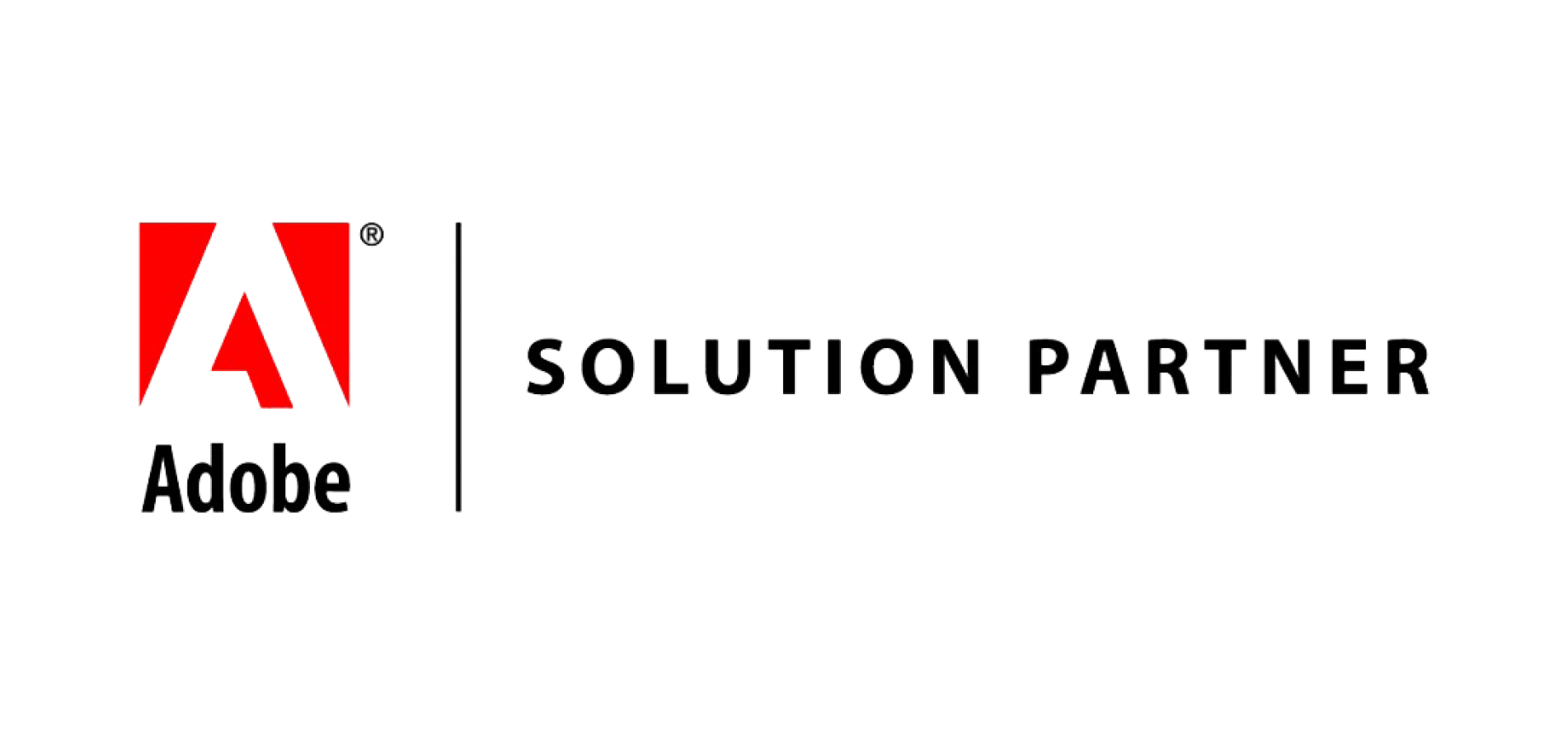Artificial Intelligence, zBlog
What Is a Vision Language Model? Trending AI Concept Explained
trantorindia | Updated: July 24, 2025
The evolution of artificial intelligence continues to accelerate, and 2026 marks a profound leap in how Vision Language Models (VLMs) transform business automation and decision-making. For CEOs, CTOs, and B2B leaders, understanding what a vision language model is—and how its latest capabilities will shape the enterprise landscape—is more important than ever. This guide offers a fresh, 2026-focused perspective on VLMs, incorporating new advancements, emerging applications, and industry shifts poised to redefine how multimodal AI is used in real-world workflows.
What Is a Vision Language Model in 2026?
A Vision Language Model is an advanced AI system that seamlessly unifies visual recognition and natural language understanding, empowering machines to process and interpret multimodal data (such as images paired with text, or video with narration). Current VLMs not only describe or classify visuals but can reason, cross-reference, and generate new multimodal content based on both visual and textual context.
For Quick Reference
- Definition: Vision Language Models are AI architectures that jointly analyze, generate, and understand information from both visual and linguistic sources, enabling complex cross-modal reasoning, retrieval, and content generation.
How Vision Language Models Work in 2026
In 2026, VLMs are built on multi-tiered transformer architectures, often integrating vision, language, audio, and even structured tabular data. Key improvements this year include:
- Hierarchical Multimodal Attention: For deeper cross-modal relationships, VLMs now incorporate attention layers specifically designed to manage temporal, spatial, and textual context simultaneously.
- Unified Foundation Models: Instead of separate models for image and text, leading VLMs use a single large model trained on enormous multimodal datasets (images, videos, text, diagrams).
- Low-Latency and Privacy-Preserving Inference: Edge deployment and federated learning allow secure, on-device intelligence—critical for privacy-first business environments.
Key Components of Modern VLMs
Business Benefits of Vision Language Models
- Human-Like Automation: Automate multimodal tasks that once required expert human review, such as analyzing contracts with embedded diagrams or verifying compliance in social content moderation.
- Real-Time Insight Extraction: VLMs can instantly interpret, flag, and summarize live video calls, annotated documents, and dynamic customer interactions.
- Global Multilingual Reach: Leading VLMs in 2026 natively support over 200 languages, including low-resource dialects, for seamless worldwide business deployment.
- Reduced Operational Risk: Improved bias detection, drift monitoring, and explainability modules ensure ethical and compliant deployments.
Enterprise Applications: How VLMs Are Used
Challenges and Considerations
- Multimodal Data Security: Rising attacks target synthetic data injection; top vendors now offer model watermarking and active adversarial training.
- Enterprise Integration at Scale: Legacy systems struggle with the data and API demands of new VLMs; hybrid-cloud deployment models are increasingly popular.
- Explainability Standards: Regulatory pressure in 2026 means businesses must provide transparent logs of VLM decision rationale—new dashboard tools are essential.
What’s New in VLM Trends and Platforms
- Next-Gen Foundation VLMs: GPT-5 Vision, Gemini Ultra, and FalconMultimodal released with massive context windows and multi-step reasoning.
- Multimodal RAG (Retrieval-Augmented Generation): Fusion of real-time search and visual analysis for recallable, fact-checked, and visually verifiable outputs.
- VLMs for Edge AI: Advances in model compression allow Vision Language Models to run on endpoints and IoT devices, reducing latency and dependency on cloud servers.
- Industry-Specific VLMs: Financial, medical, and legal-trained VLMs deliver enhanced accuracy, recognizing specialty terminology and compliance needs.
Competitive Analysis: How This Guide Stands Out in 2026
- Most competitor content in 2026 still lacks depth on hierarchical and multi-modal attention, multisensory integration, and privacy-preserving computation.
- Few provide enterprise adoption blueprints or case studies for regulated industries.
- Up-to-date statistics, new regulatory guidance, and the impact of edge/on-device VLMs are rarely covered in competing resources.
- This guide introduces practical checklists, the latest model references, and actionable advice for C-suite and IT leadership.
Industry and Market Data
- Global VLM/Multimodal AI market now estimated to surpass $50 billion, with an annual growth rate above 40%.
- Enterprises deploying VLM-powered automation report up to 60% reduction in manual visual-text workflow time, with improved compliance tracing.
- By 2026, over 90% of Fortune 500s are piloting or actively running at least one VLM-powered use case across customer support, R&D, or compliance.
Best Practices for B2B VLM Adoption
- Align Projects With Business KPIs: Choose VLM applications that drive measurable ROI—like time to insight, customer satisfaction, or compliance rate.
- Curate Secure, Diverse Data Pipelines: Prepare for robust data governance and ongoing data annotation refinement.
- Leverage Responsible AI Tools: Use built-in dashboards for bias audits, drift detection, and explainability.
- Bridge IT and Business Users: Upskill teams and promote cross-functional project ownership for successful integration.
- Pilot, Measure, Scale: Start with targeted pilots, collect impact data, and expand systematically.
Frequently Asked Questions
How do Vision Language Models differ from pure LLMs or CV models?
VLMs natively integrate both vision and language, enabling intelligent cross-modal reasoning—whereas LLMs work only with text and CV models only with visuals.
Are Vision Language Models safe for sensitive enterprise data?
Yes, top models use encryption, on-device inference, and audit trails—but data governance and responsible usage remain vital.
Which sectors see the biggest impact in 2026?
Healthcare, finance, legal, automotive, retail, and logistics show fastest ROI from VLM adoption due to their reliance on multimodal data flows.
Can small and mid-sized businesses benefit from VLMs?
Absolutely; the rise of modular, API-based, and open-source VLMs in 2026 lowers barriers and enables affordable, scalable adoption.
Partnering With Trantor for Vision Language Model Leadership
Vision Language Models are redefining enterprise AI by unlocking the power of multimodal understanding, generation, and automation. In 2026, staying competitive means not just adopting VLMs—but integrating them with trust, purpose, and a clear strategy for real-world outcomes.
At Trantor, we specialize in deploying cutting-edge VLM solutions tailored to complex business needs. From strategic advisory to technical implementation and ongoing optimization, our team ensures your business capitalizes on the latest advancements—securely and ethically. Whether automating workflows, enhancing customer engagement, or innovating new products, we partner with you to turn AI vision-language breakthroughs into business value, every step of the way.
Explore what multimodal AI can do for your enterprise. With Trantor, you’re always one step ahead.



